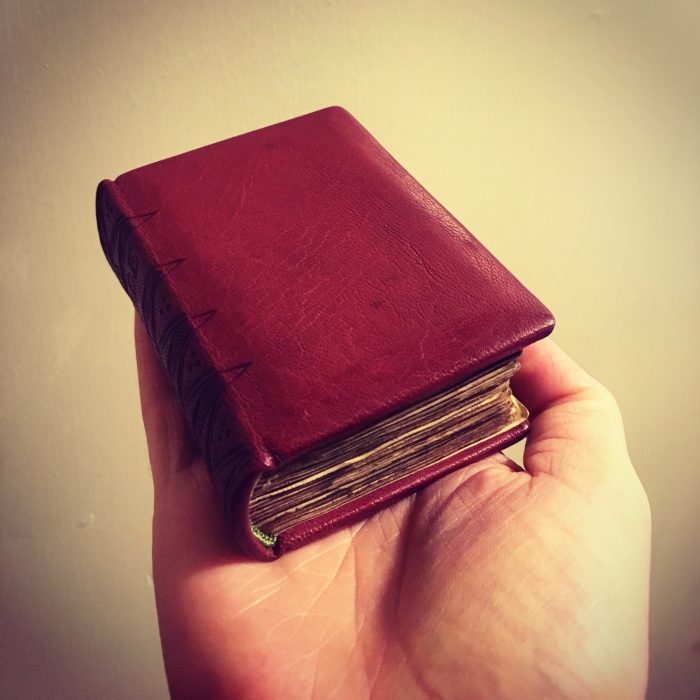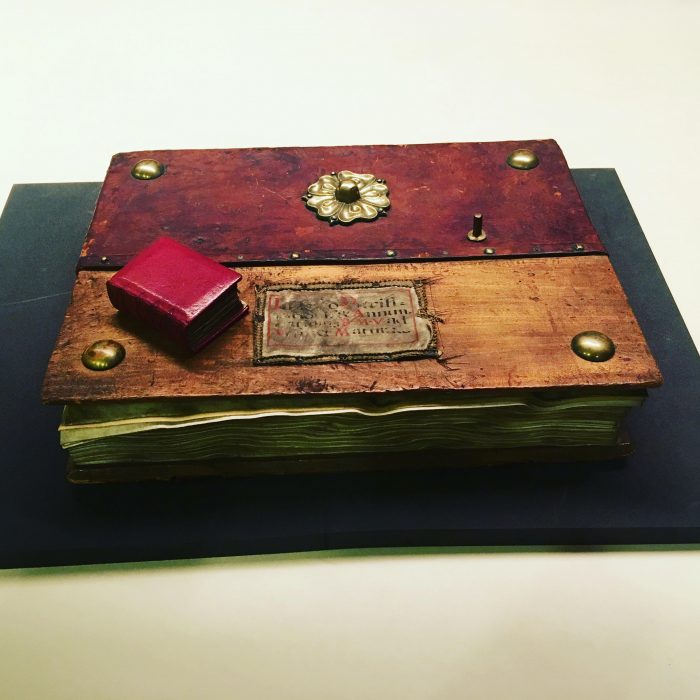From Jeffrey Michael Wayno, Collection Services Librarian, the Burke Library at Union Theological Seminary
As a librarian, I have a rather awkward confession to make: I’ve been having a difficult time finishing a book. A few months back, in the midst of my yearly summer reading binge, I started Robert Caro’s The Power Broker, a magisterial, Pulitzer Prize-winning biography of Robert Moses, the longtime New York City Parks Commissioner and builder extraordinaire, who over nearly five decades in the middle of the 20th century dramatically reshaped the city that I’ve come to call home. The Power Broker is a wonderful book: endlessly fascinating, full of insights about both the man and also the political and social processes at its core, and, above all, beautifully written. And in spite of its length—The Power Broker clocks in at 1,162 pages—I thought this would be a relatively quick read, the kind of light, enjoyable reading that I’ve come to relish in summer months. But here I am, five months later, still stuck on p. 850, desperately trying to cross the finish line before I travel upstate for the holidays. Most of my life as an historian and now as a librarian has revolved around books, and I’ve slogged my way through more than a few lengthy tomes. So what has made The Power Broker such a challenge?
A few days ago, the answer came to me. Put simply, The Power Broker is just too large of a book. Although fairly standard in terms of physical size, the volume weighs almost five pounds! The weight and general bulk of the book makes it surprisingly difficult to hold in a way that is comfortable for the reader. Unlike a more intense academic publication (which can be hefty to the extreme), The Power Broker is the kind of book you want to read in bed or on the subway. And yet, doing just that isn’t very easy. Every time I’ve picked it up, I’ve found myself thinking consciously about when I can put it down again.
Over the last two months, ever since starting as The Burke Library’s new Collection Services Librarian, I’ve found myself thinking a lot about books as physical objects. One of the great pleasures of my job is to teach rare book and manuscript sessions for Columbia, Barnard, and Union Theological Seminary classes whose topics are enhanced by looking at The Burke’s marvelous special collections, which include ancient Greek papyri, medieval manuscripts, and early printed material, to name only a few categories. These sessions necessarily grapple with changes in the production of written materials over the centuries: the move from tablets and scrolls to the codex (what we know as the ‘book’), and from materials written meticulously by hand to those printed using movable (and now digital!) type. We tend to think that in the 21st century we have a wider variety of written formats than people living in, say, the 12th century. But in many ways the opposite is true. Medieval manuscripts and early print materials come in a dizzying array of sizes, shapes, and weights.
Just the other day, while perusing The Burke’s collection of medieval manuscripts, I came across two manuscripts that exemplify this variety. First there is UTS Manuscript 76, a wonderful little Book of Hours produced in the Low Countries in the 15th century. As a collection of prayers that medieval men and (especially) women used on a daily basis, Books of Hours needed to be portable, even while they were also highly decorated. This particularly wonderful manuscript is so small that it fits in the palm of your hand! And even though it is made of parchment—a heavier material than paper—it is still quite light:

Then, at the opposite end of the spectrum, you have UTS Manuscript 25, a gargantuan Italian antiphonal (or choir book), also from the 15th century. This manuscript, which needed to be large so that a group of singers could read the musical notation and words with ease, weighs more than twenty pounds:

These examples, of course, are extremes. There are plenty of medieval manuscripts that fall somewhere in between MS 76 and MS 25. If—as they say—variety is the spice of life, then the world of medieval manuscripts is particularly rich in flavor. But that same diversity should remind us that men and women in the Middle Ages faced similar challenges to the one I encountered with The Power Broker. How big a book was determined—at least in part—how you used it and, indeed, what you could do with it. Form and function went hand in hand.
So this holiday season, as many of you prepare to travel near and far, I hope you will think about packing a good book to read. But if you do, remember the lessons of The Power Broker: bigger is not always better. Small books have virtues in abundance, and as physical objects they can be a joy to read.
Hi, Jeffrey! if you’re passionate to read something good and your aim is to just get the knowledge then bigger or smaller doesn’t matter. Even small books can give the knowledge that bigger books could not.